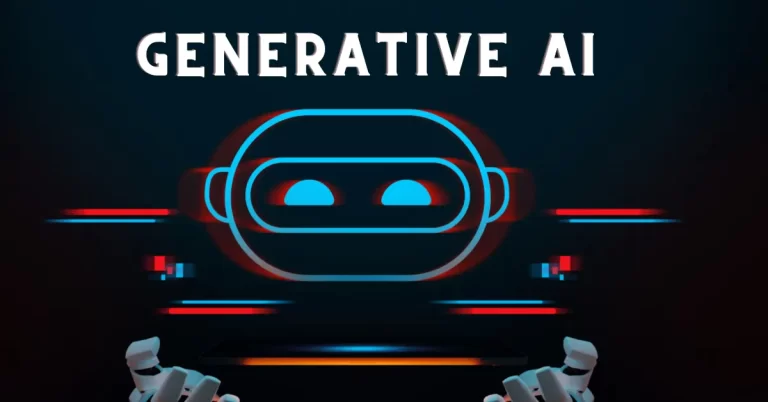7 Examples of Artificial Intelligence in Our Daily Lives

Artificial Intelligence was once a futuristic concept, but that’s not the case anymore. AI is very much a reality and slowly making its way into our lives! According to a survey conducted by Mckinsey, 52% of organizations reported that more than 5% of their digital budget went to AI and this number is only gonna grow.
I can bet that you must have interacted with at least one AI in the last 5 minutes as it’s so much integrated that there’s no avoiding it.
Let’s discover the 7 biggest examples of artificial intelligence used in our daily lives. But what exactly is AI, and how does it work?
What is Artificial Intelligence?
Artificial intelligence (AI) is the branch of computer sciences that creates machines and systems capable to perform tasks that usually require human intelligence.
AI can use multiple techniques such as machine learning, deep learning, natural language processing, computer vision, speech recognition, etc. to obtain and learn data for improved performance. AI can interact in different ways and is expected to generate $15.7 trillion in global GDP by 2030.
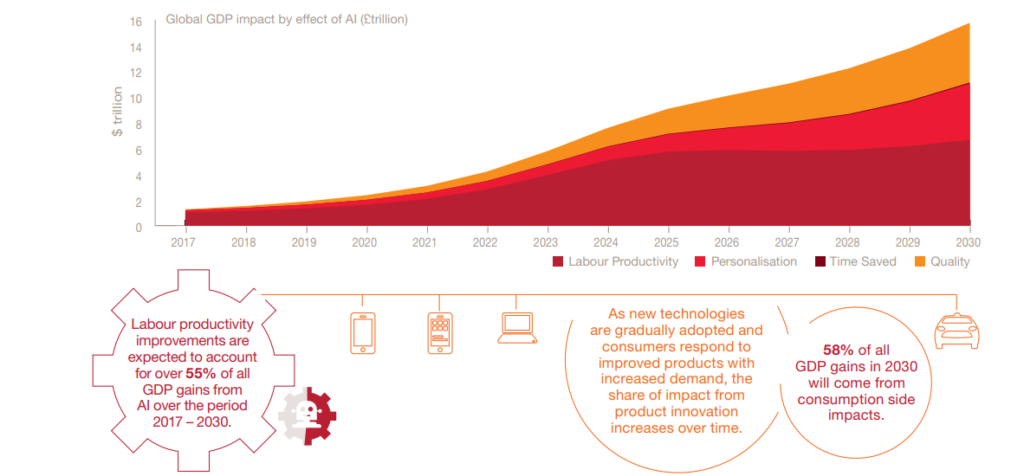
Artificial Intelligence Example in Daily Lives
1. Face ID
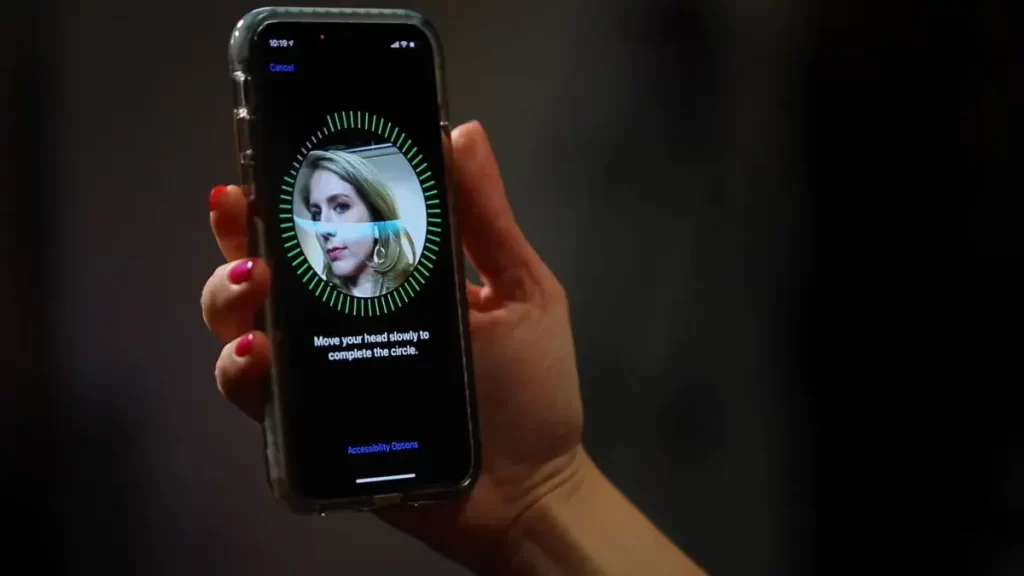
The first thing almost everyone does in the morning is to reach for their phone. You unlock the phone using fingerprint or face ID biometric, and that’s AI right there. Apple’s face ID can be seen in 3-dimension, where it lights up your face and places 30,000 invisible infrared dots on it to capture your image.
Then it uses the machine learning algorithm to scan and compare your face from its store database to determine whether the person trying to unlock the phone is the phone’s owner or not. As per Apple, the chance to fool a FaceID is 1 in a million.
2. Social Media
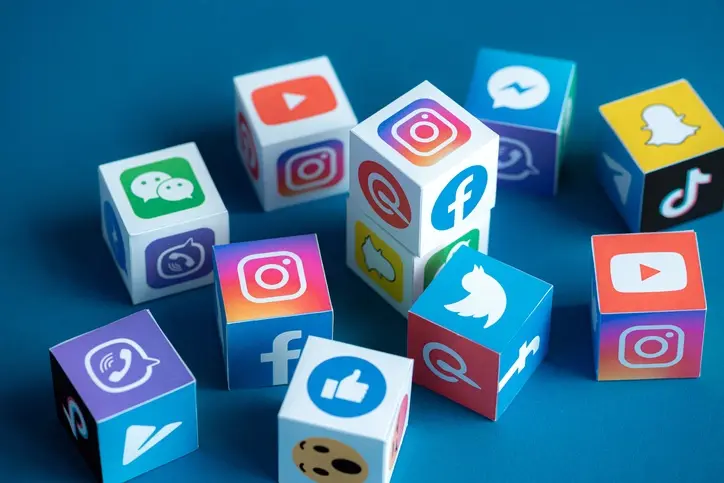
After unlocking your phone, what’s next? It’s social media obviously. Many people check their social media accounts such as Facebook, Twitter, Instagram, and more, to get the update of the day.
This is artificial intelligence working behind the scenes to personalize the feed and create an individual-based algorithm based on the activity of the user–the posts he likes, engages, comments, and shares. 89% of Americans check their phones within the first 10 minutes of waking up.
So, whatever posts or relevant news resonates with you, it’s served in the form of status, pictures, memes, reels, etc. AI is also figuring out your friends’ suggestion, identifying and filtering any fake news to prevent cyberbullying and spam.
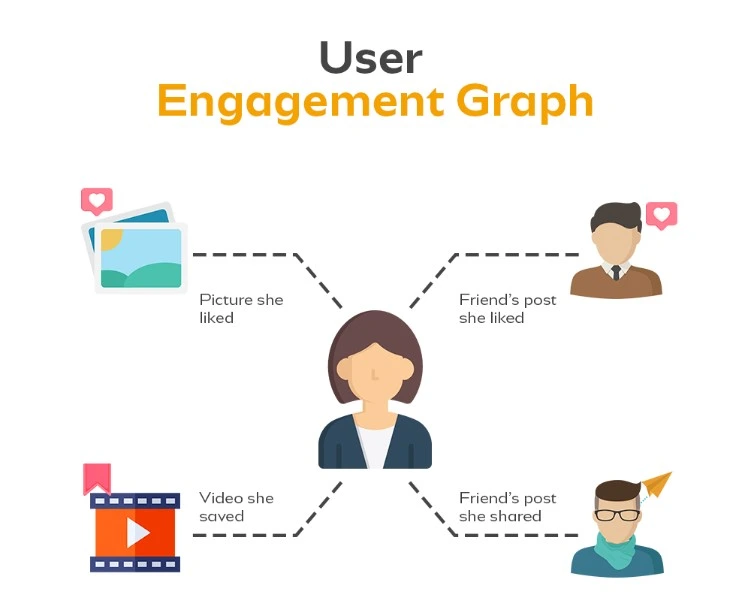
3. Smart Home Devices
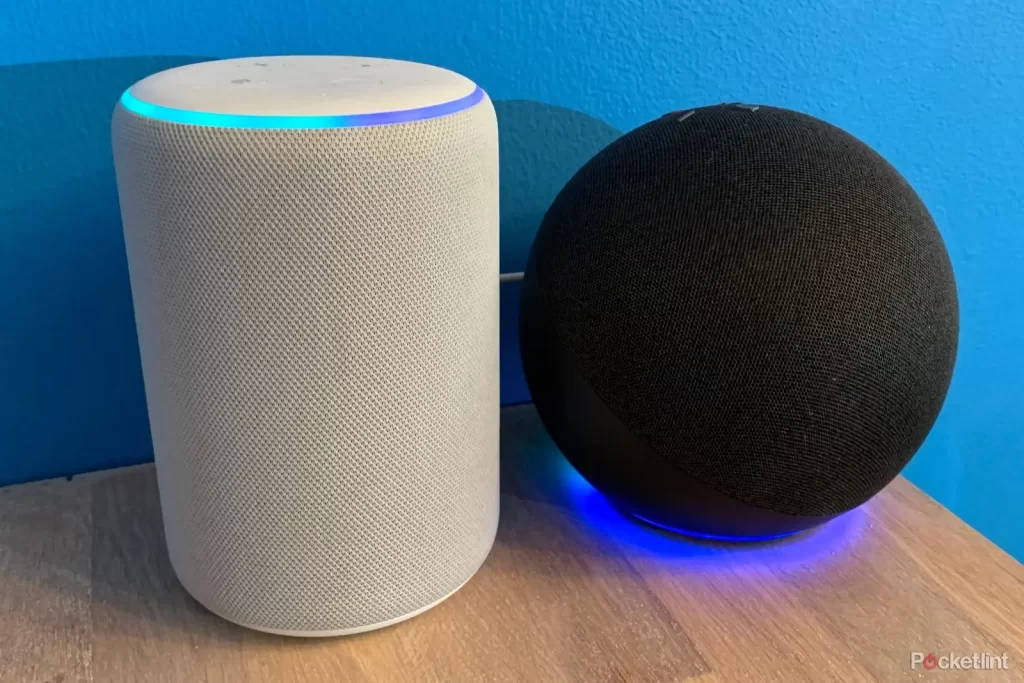
If you have a smart home device such as Amazon Echo, Alexa, Google Home, or Apple HomePod, CONGRATS! You’re interacting with AI every single day. These devices use machine learning to understand and replicate human speech and respond accordingly.
They can also get connected to other smart home devices like lights, thermostats, cameras, etc. based on your preference. These voice commands play music, answer questions, tell jokes, order food, book appointments, and much more.
4. Chatbots
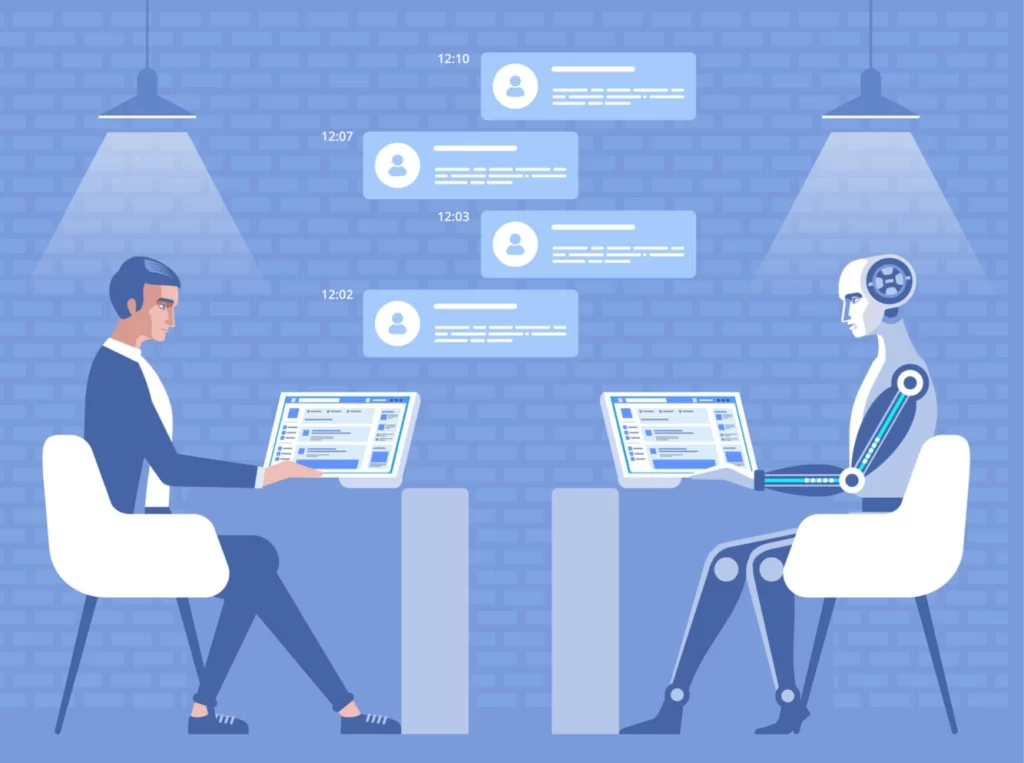
Ok, who doesn’t know ChatGPT? By now, we all do. With 1.8 billion users in a month, ChatGPT has made its way into our lives and revolutionized the way we create and interpret content. Be it creating a diet chart, writing an assignment, or suggesting a birthday wish, these chatbots are our assistants.
A chatbot is a computer program that uses AI and Natural language processing (NLP) to simulate conversations and interact with humans. Chatbots like Bard, Bing, and ChatGPT can be accessed through multiple websites and apps.
They create a personalized experience and automate many tasks for us. Someone recently asked the “generative AI”, developed by OpenAI, about how many workers it expects to replace. The answer: 4.8 million American jobs.
5. Streaming Service
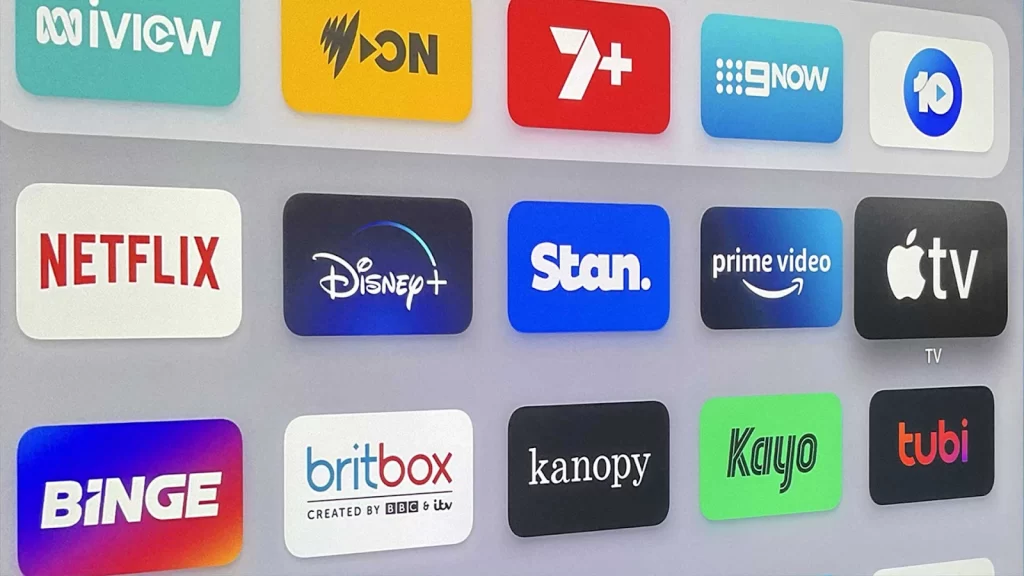
If you’re relaxing at home on a Sunday and watching a movie or show on Netflix, Amazon Prime, Disney Hotstar, Hulu, or Youtube, you’re using AI.
These streaming services use deep learning (a subset of artificial intelligence) to analyze your view history, rating, reviews, and behavior to recommend content that aligns with your interests.
The video quality, audio, and subtitles are also optimized based on your location and network conditions.
6. Online Shopping

If you’re browning for a new product on Amazon, eBay, or AliExpress, then you’re most likely using artificial intelligence to enhance the shopping experience.
Online retailers utilize artificial intelligence to go through your website browning data purchase history, preferences, and behavior and suggest personalized recommendations and offers.
They also use AI to optimize their prices, manage their inventory, and upgrade their customer service.
7. Navigation

Most people rely on navigation apps like Google Maps or Waze to get to their destinations and these AI apps use real-time data from multiple sources to assist with that.
They calculate the traffic cameras, sensors, satellites, and users, estimated time of arrival, and alternative options o provide you with the best quickest route.
These maps also suggest places to eat or visit that are in your vicinity by tracking your current locations.
These are not just it, but there are many more that we could lose count of! Which forms of AI do you use almost daily? Let us know in the comments below.


